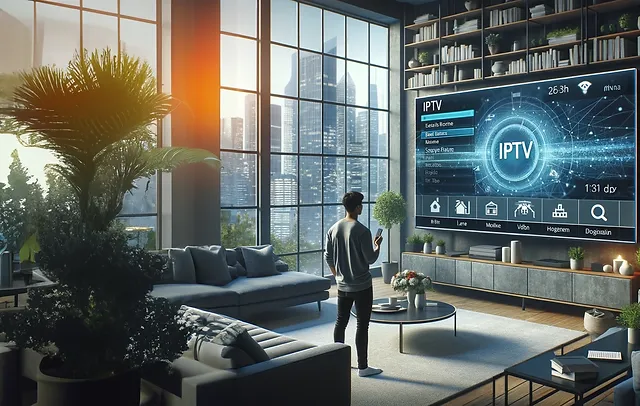The Impact of IPTV Subscription on Traditional TV Broadcasting
The rise of Internet Protocol Television (IPTV) has significantly transformed the landscape of television broadcasting, challenging the dominance of traditional TV. IPTV delivers television content through internet networks, offering a more flexible, interactive, and personalized viewing experience compared to conventional broadcasting methods.
Shift in Consumer Preferences
One of the most noticeable impacts of iptv is the shift in consumer preferences. Traditional TV broadcasting operates on a fixed schedule, requiring viewers to tune in at specific times. In contrast, IPTV provides on-demand content, allowing users to watch their favorite shows and movies at their convenience. This shift caters to the modern viewer’s preference for flexibility and control over their viewing habits, contributing to the declining viewership of traditional TV.
Enhanced Content Accessibility
IPTV services offer a vast array of channels and content from around the globe, which is often not available through traditional TV broadcasters. This increased accessibility to diverse content has attracted a global audience to test iptv, further diminishing the appeal of traditional TV. Viewers can access a wider range of programs, including niche genres and international shows, which enhances their overall viewing experience.

Cost Efficiency
The cost of subscribing to IPTV services is generally lower compared to traditional cable or satellite TV packages. This affordability has made IPTV an attractive option for many households, especially as economic considerations play a crucial role in consumer decision-making. The ability to select specific channels or content bundles allows users to avoid paying for unwanted channels, making IPTV a cost-effective alternative to traditional TV subscriptions.
Technological Advancements
Technological advancements have also played a significant role in the rise of IPTV. The integration of IPTV with other internet-based services, such as social media and smart home devices, has created a more interconnected and immersive viewing experience. Features like pause, rewind, and fast-forward add to the convenience, enhancing user satisfaction. Traditional TV broadcasters struggle to compete with these advanced features, leading to a gradual decline in their relevance.
Impact on Advertising and Revenue Models
The shift to IPTV has also impacted advertising and revenue models. Traditional TV relies heavily on commercials for revenue, often leading to a disrupted viewing experience. In contrast, IPTV offers more targeted and less intrusive advertising, improving user experience and providing advertisers with more effective ways to reach their audience. This shift has forced traditional broadcasters to rethink their advertising strategies to remain competitive.






